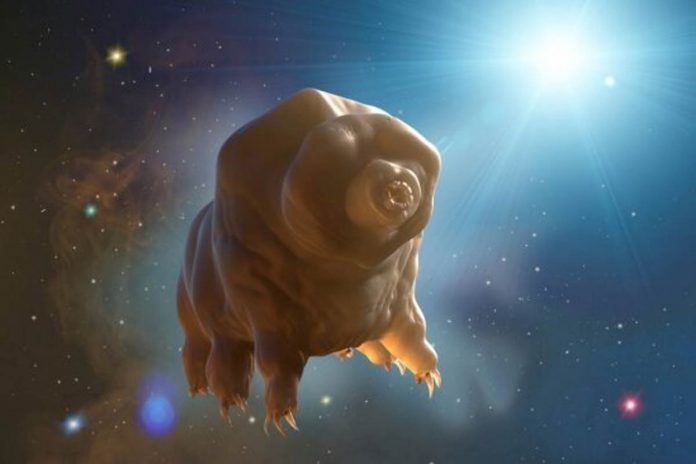UC Santa Barbara professors Philip Lubin and Joel Rothman have expressed their feelings that it is a great time to be alive in the era of breathtaking advances in space exploration.
Our knowledge for space and the technology to explore it have improved immensely. We now can take a journey across the vast distance separating us from our nearest neighbour in the galaxy. The research paper has been published in Acta Astronautica.
Thinking big, starting small
A great challenge for human interstellar travel is the huge distance between Earth and the nearest stars. The Voyager missions have shown that an object has to travel 12 billion miles to exit the bubble surrounding our solar system, the heliosphere. If the object travels at the speed of 35,000 miles per hour, it took 40 years to reach there. If we want to go to closest star, it will take 80,000 years to reach there.
The new research focused on this challenge. Scientists reimagines the technology which will help to reach the next solar system in human terms. Traditional onboard chemical propulsion can’t provide enough energy to move the craft fast enough. We need new propulsion technologies. The UCSB directed energy research program of using light can took a major role in it.
Scientists thought of robots and photonics. Small probes with instrumentation which can collect and transmit data back to Earth will be propelled up to 30% of the speed of light. It will use a laser array stationed on Earth.
Later the scientists will develop larger spacecraft with better capability. The core technology can also be used to propel larger spacecraft within our solar system. This will enable human missions to Mars in as little as one month.
With the speed of 100 million miles per hour, the spacecraft would reach the next solar system in roughly 20 years. It will require continuous innovation and improvement of space wafer. The project to develop a spacecraft is supported by NASA and private foundations like Starlight program.
Scientists think, tardigrades can be placed in suspended animation. In it virtually all metabolic function is arrested. These creatures could be placed on a wafer and flown in that state until reaching the desired destination. They can then waken in their tiny StarChip and monitored for any detectable effects of interstellar travel on their biology. The observation will be relayed to Earth by photonic communication.
The effects on the animal biology will allow the scientists to extrapolate to potential effects on humans. Scientists hope that scientists of coming generations will contribute to our knowledge of interstellar space and its challenges.
Planetary protection and extra-terrestrial propagation
Humans are fragile and delicate away from our home planet. But scientists think there is no risk of forward contamination. The wafer craft are on a one-way trip. So, there will be no risk that any extra-terrestrial microbes will return to Earth.

